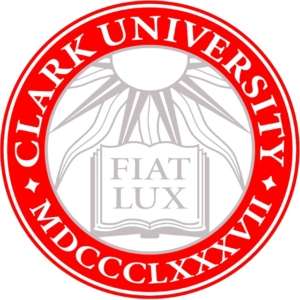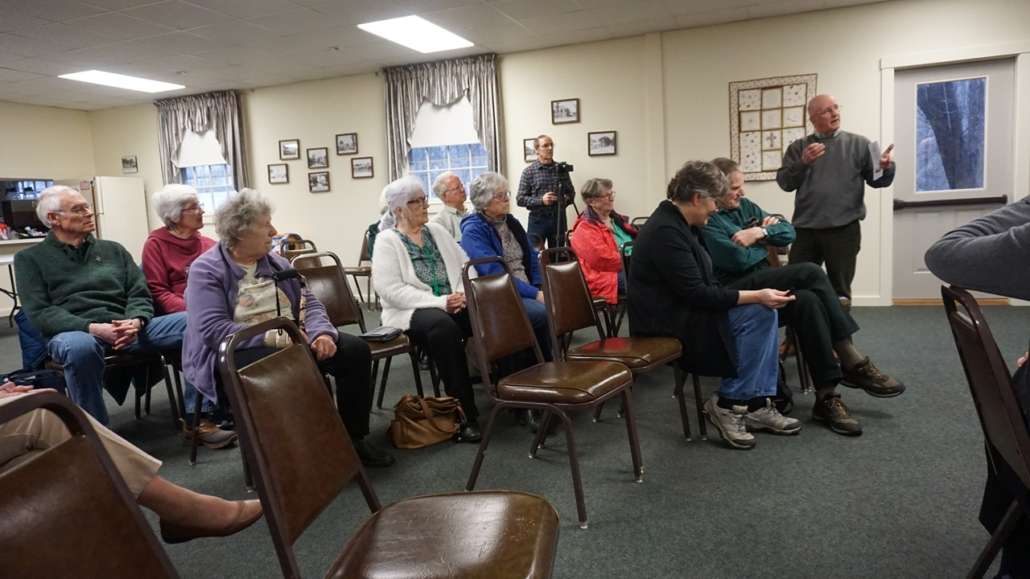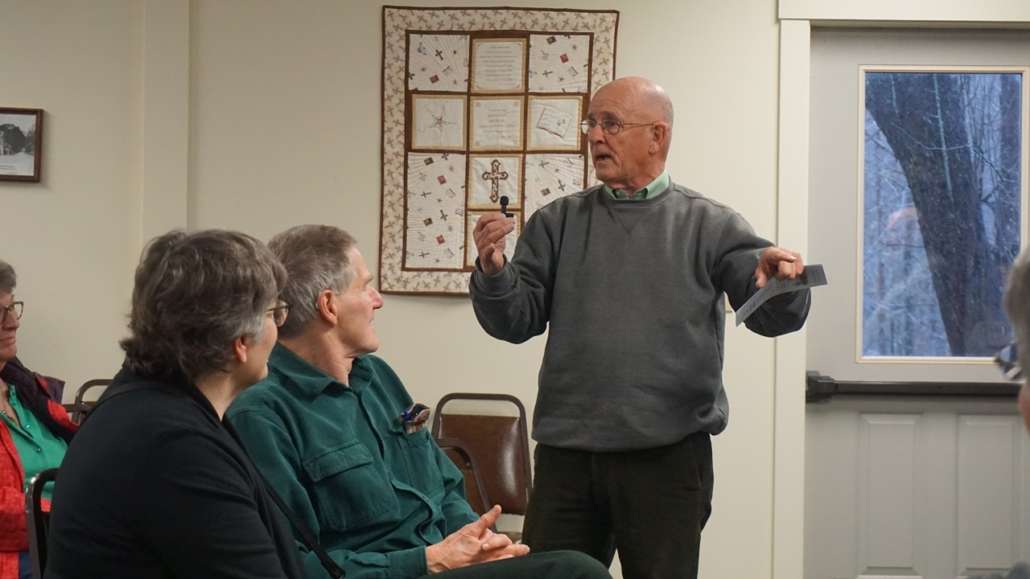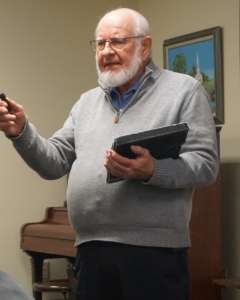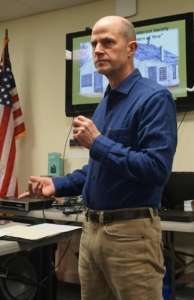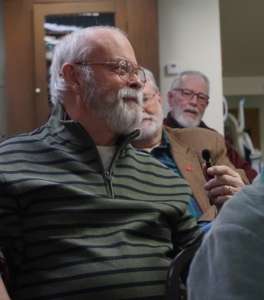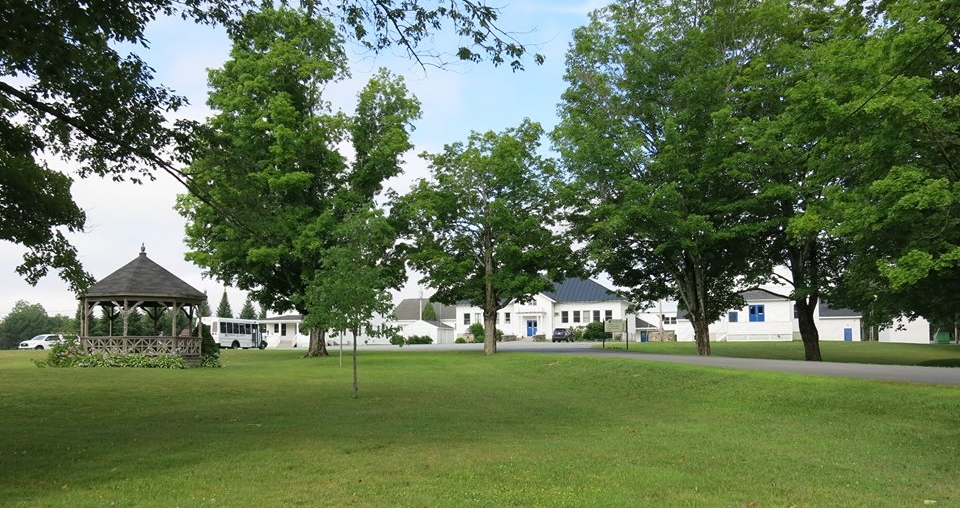
(photo credit: Erskine Academy)
Grade 12
High Honors: Tristan Anderson, Leah Bonner, Heather Bourgoin, Elizabeth Brown, Nolan Burgess, Nathalia Carrasco, Elise Choate, Marshall Clifford, Caleigh Crocker, Brielle Crommett, Noah Crummett, Skyler Danforth, Isabella Day, Keira Deschamps, Hailey Estes, Kaylee Fyfe, Aaralyn Gagnon, Meilani Gatlin, Caleb Gay, Tucker Greenwald, Nathan Hall, Natalie Henderson, Anna Jarosz, Hannah Kugelmeyer, Henrique Leal Ribeiro, Landon Lefebvre, Aidan Maguire, Liberty Massie, Holden McKenney, Akela Mitchell, Lucas Mitchell, Austin Nicholas, Jeremy Parker, Nathan Polley, Jessica Pumphrey, Evelyn Rousseau, Max Sanborn, Jamecen Stokes, Reese Sullivan, and Baruch Wilson. Honors: Abigail Adams, Lacey Arp, Duncan Bailey, Isabella Boudreau, Kellsie Boynton, Robin Boynton, Wyatt Bray, Kaleb Brown, Carol Caouette-Labbe, Makayla Chabot, Timothy Christiansen, Simon Clark, Alexia Cole, Connor Coull, Thomas Crawford, Gavin Cunningham, Jesseca Eastup, Hunter Foard, Cole Fortin, Brayden Garland, Julius Giguere, Nathan Grenier, Sammi Jo Guptill, Tara Hanley, Jessica Hendsbee, Trinity Hyson, Stephanie Kumnick, Mackenzie Kutniewski, Logan Lanphier, Sophie Leclerc, Jack Lyons, Abigail Miller, Royce Nelson, Alejandro Ochoa, Alyssa Ouellette, Keith Radonis, Christine Smith, Giacomo Smith, Adam St. Onge, Kinsey Stevens, Gavin Turner, Ryan Tyler, Jack Uleau, Haley Webb, Elijah York, and Maddison Zepeda.
Grade 11
High Honors: Daphney Allen, Emmett Appel, Emily Bailey, Noah Bechard, Rylan Bennett, Octavia Berto, Jayda Bickford, Brooke Blais, Olivia Brann, Carter Brockway, Keenan Clark, Hannah Cohen-Mackin, Andra Cowing, Lauren Cowing, Gabrielle Daggett, Trinity DeGreenia, Aidan Durgin, John Edwards, Ryan Farnsworth, Keeley Gagnon, Hailey Garate, Ellie Giampetruzzi, Echo Hawk, Serena Hotham, Kailynn Houle, Alivia Jackson, Walker Jean, Ava Kelso, Sophia Knapp, Jack Lucier, Owen Lucier, Eleanor Maranda, Jade McCollett, Abigail McDonough, Shannon McDonough, Madison McNeff, Colin Oliphant, Makayla Oxley, Noah Pelletier, Carter Rau, Elsa Redmond, Lillian Rispoli, Laney Robitaille, Carlee Sanborn, Joslyn Sandoval, Aislynn Savage, Kyle Scott, Jordyn Smith, Zoey Smith, Larissa Steeves, Kaylee Tims, and Clara Waldrop. Honors: Haileigh Allen, Jeffrey Allen, Ava Anderson, Bryana Barrett, Brody Campbell, Paige Clark, Madison Cochran, Dylan Cooley, Aydan Desjardins, Brady Desmond, Lucas Farrington, Addison Gagne, Kaylene Glidden, Jonathan Gutierrez, Trent Haggett, Brandon Hanscom, Landen Hayden, Emma Henderson, Rion Kesel, Kaiden Kronillis, Bodi Laflamme, Chase Larrabee, Shelby Lincoln, D’andre Marable, Kaeleigh Morin, Gavyn Paradis, Ava Picard, Alyssa Pullen, Victoria Rancourt, Justin Reed, Nathan Robinson, Achiva Seigars, Emily Sprague, Parker Studholme, David Thompson III, Grace Vashon, and Adrianna Vernesoni.
Grade 10
High Honors: Connor Alcott, Emily Almeida, Kylie Bellows, Addyson Briggs, London Castle, Nathan Choate, William Choate, Drew Clark, Lillian Clark, Madeline Clement-Cargill, Sylvia Davis, Joshua Denis, Audryanna DeRaps, Charles DeSchamp, Lauren Dufour, Madison Gagnon, Madison Griffiths, Mia Hersom, Halle Jones, Kasen Kelley, Kayle Lappin, Jacob Lavallee, Ava Lemelin, Nathaniel Levesque, Jack Murray, Elijah Nelson, Jordyn Parise, Ruby Pearson, Elijah Pelkey, Isabelle Pelotte, Emily Piecewicz, Taisen Pilotte, Hannah Polley, Desirae Proctor, Michael Richardson, Owen Robichaud, Leahna Rocque, Jackie Sasse, Edward Schmidt, Kathryn Shaw, Madelynn Spencer, Kayla Stred, Gentry Stuart, Abigail Studholme, Donovan Thompson, Kammie Thompson, and Addison Witham. Honors: Savannah Baker, Gavin Bartlett, Brock Bowden, Kolby Caswell, Saunders Chase, Timothy Clavette, William Ellsey Jr., Jacob Faucher, Solomon Fortier, Stephen Gould, Brandon Haley, Aiden Hamlin, Willow Haschalk, Evan Heron, Easton Houghton, Aidan Huff, Jacob Hunter, Alexus Jackson, Timothy Kiralis, Savannah Knight, Brayden McLean, Parker Minzy, Tucker Nessmith, Phoebe Padgett, Jacoby Peaslee, Abigail Peil, Jackson Pelotte, Kameron Quinn, Eli Redmond, Alexander Reitchel, Autumn Sawyer, Jaelyn Seamon, Benjamin Severy, Nichala Small, Benjamin Sullivan, Phoebe Taylor, Addison Turner, Charles Uleau, Isaac Vallieres, Finnegan Vinci, Oryanna Winchenbach, Brody Worth, and Maddilyn York.
Grade 9
High Honors: Isaac Audette, Olivia Austin, Jeremiah Bailey, Linnea Bassett, Luke Blair, Jackson Blake, Silas Bolitho, Madeline Boynton, Delaney Brown, Liam Burgess, Emma Casey, Olivia Childs, Hunter Christiansen, Khloe Clark, Owen Couture, Jilian Desjardins, Robin Dmitrieff, Logan Dow, Isabella Farrington, Adalyn Glidden, Cody Grondin, Addison Hall, Madison Harris, Eva Hayden, Reid Jackson, Ivy Johns, Callianne Jordan, Chantz Klaft, Gaven Miller, Annie Miragliuolo, MacKenzie Oxley, Bryson Pettengill, Caylee Putek, Tayden Richards, Jessika Shaw, Lailah Sher, Bryson Stratton, Gabriel Studholme, Sabrina Studholme, Kaleb Tolentino, Cayden Turner, Carter Ulmer, Isabella Winchenbach, and Eryn Young. Honors: William Adamson IV, Ariana Armstrong, Ashton Bailey, Delia Bailey, Benjamin Beale, Hailey Boone, Cassidy Brann, Logan Chechowitz, Tyler Clark, Connor Crommett, Ryley Desmond, Kiley Doughty, Nolan Dow, Kelsie Dunn, Bella Dutilly, Wyatt Ellis, Gavin Fanjoy, Danica Ferris, Madison Field, Gianna Figucia, Scott Fitts, Audrey Fortin, Colby Frith, Nicholas Gould, Paige Greene-Morse, Lilly Hutchinson, Evan James, Channing Kelly, Peyton Kibbin, Maverick Knapp, Bryson Lanphier, Sawyer Livingstone, Jack Malcolm, Jasai Marable, Kate McGlew, Gage Miller, Alexis Mitton, Jacoby Mort, Emi Munn, Madeline Oxley, Molly Oxley, Layla Peaslee, Teagan Pilsbury, Sovie Rau, Samuel Richardson, Colton Ryan, Lucas Short, Braeden Temple, Mackullen Tolentino, Tyler Waldrop, and Brayden Ward.







